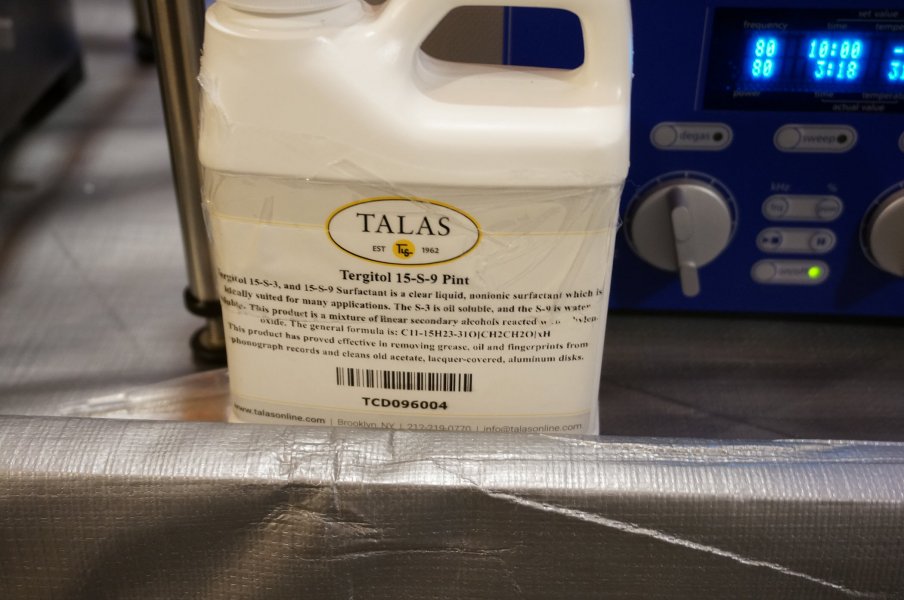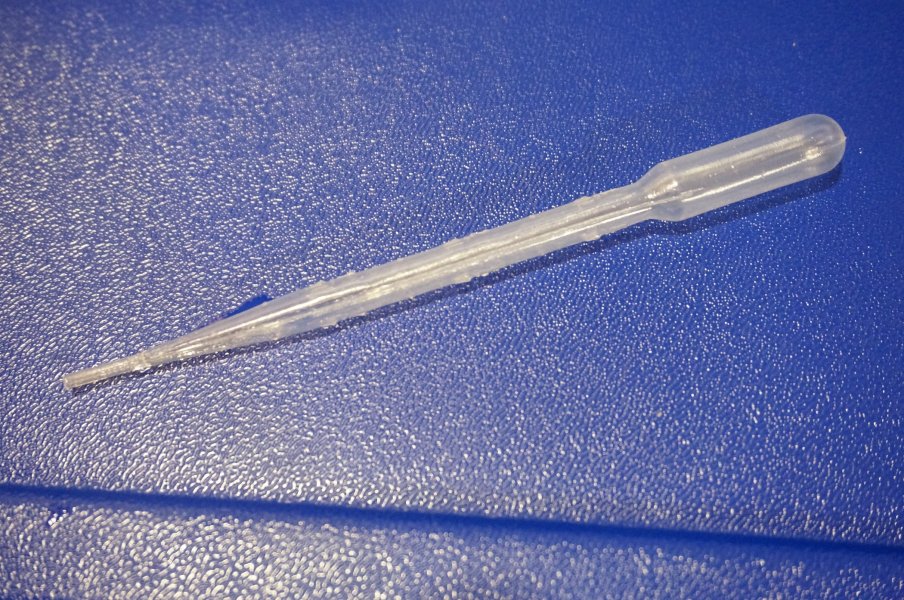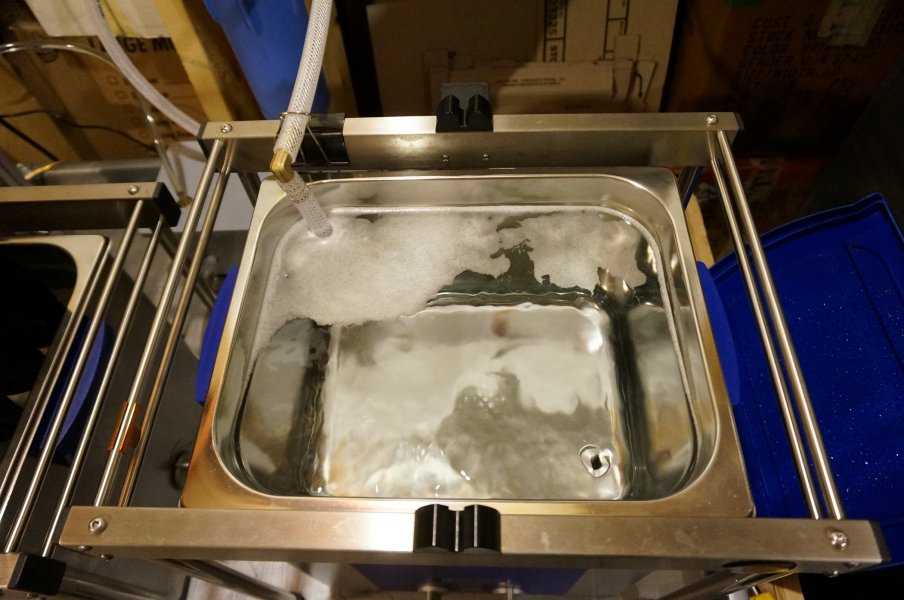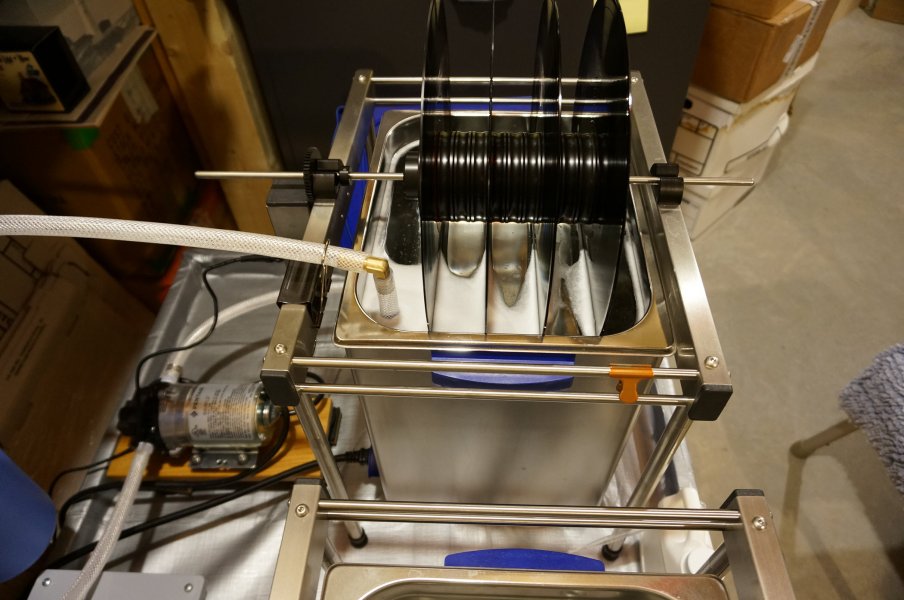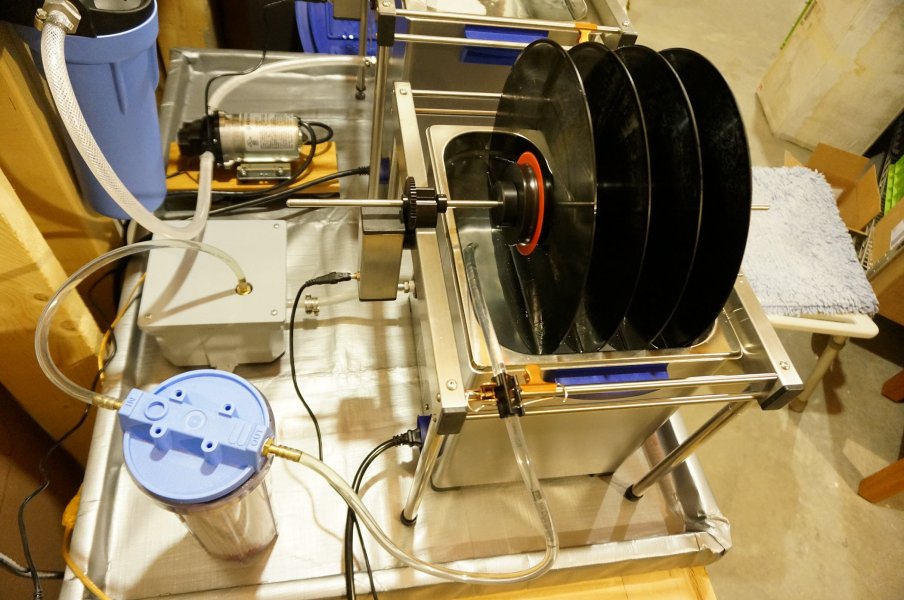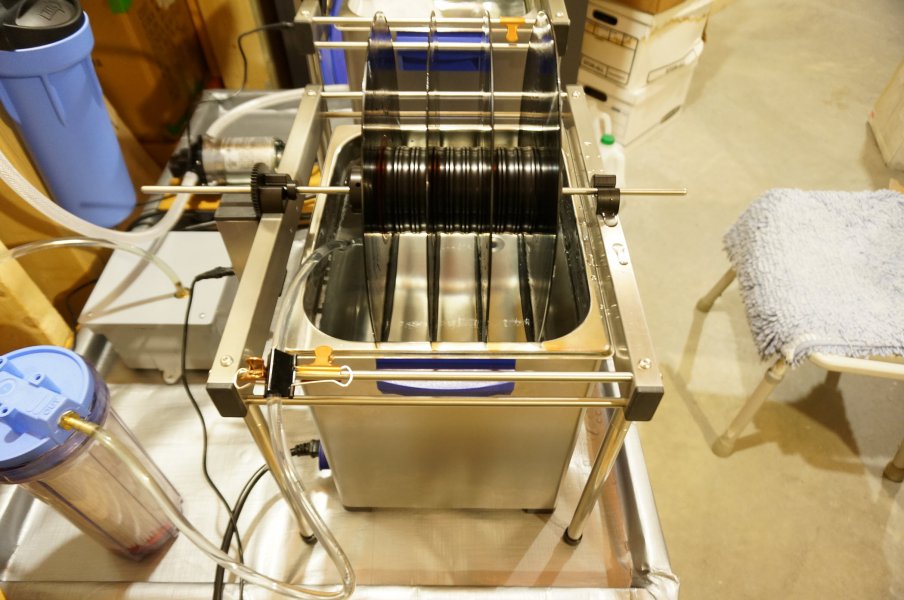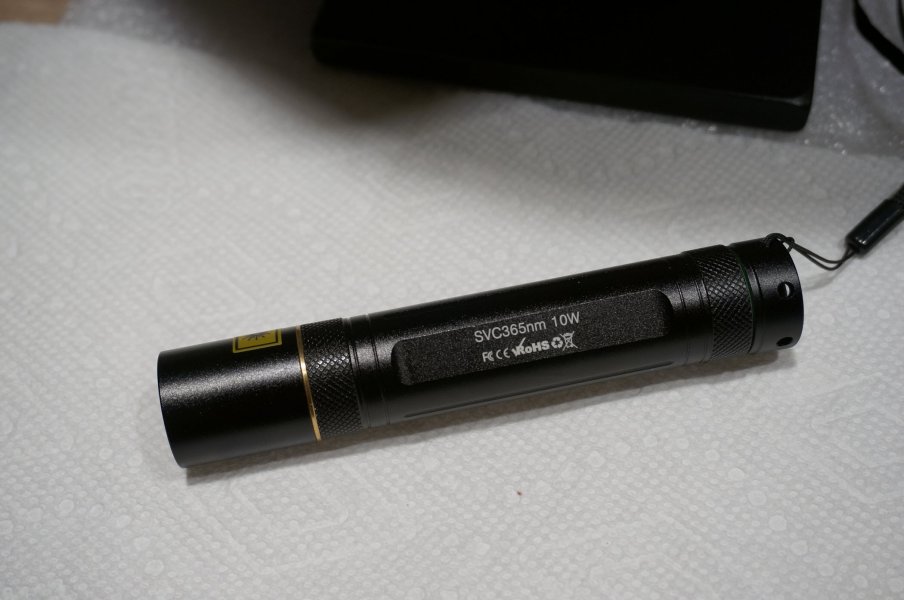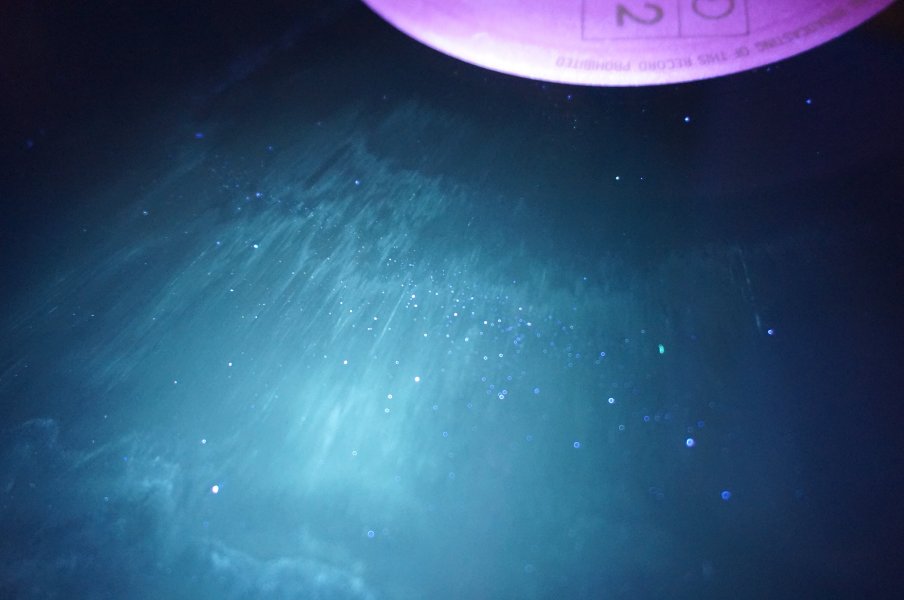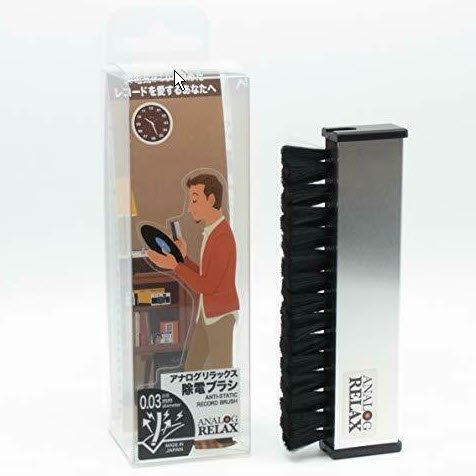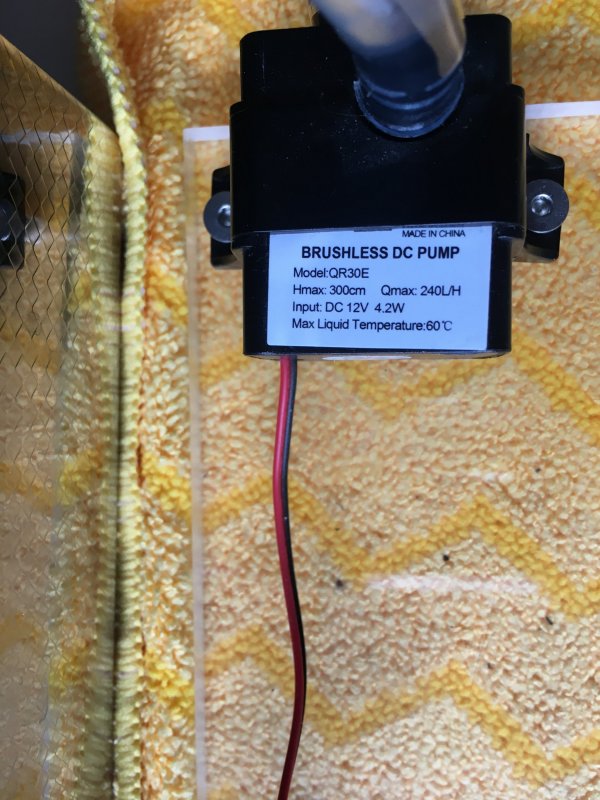Jarek,
Your 1 rpm spin speed is fine with 3 records maximum; limited benefit of spinning slower.
Your chemistry is good for pre-cleaning with your vacuum-RCM, but may be a bit concentrated for your final ultrasonic cleaning. Item to consider is that 15-S-7 has a low cloud point and with the 0.05% (500 ppm) you do risk having some come out of solution during heated ultrasonic cleaning and the high concentration (almost 15 times the critical micelle concentration) makes it difficult to rinse. You should be able to reduce the 15-S-7 concentration to 0.015 to 0.0.25% and still get fully wetting and detergency.
The alcohol in the heated ultrasonic tank is going to evaporate from the bath water over time, and if you run the bath for any length of time, you probably do not have 5%. There are alcohol hydrometers that can monitor the alcohol concentration such as
VWR® Isopropyl Alcohol Hydrometers, Traceable to NIST | VWR. Record Note - in my book
Precision Aqueous Cleaning of Vinyl Records-2nd Edition - The Vinyl Press I incorrectly state that alcohol forms an azeotrope (evaporates with water), this is only true at concentrations >50%.
What are the details (name & model #) of the pump & filter so I can determine if the filter is 0.5 um nominal or absolute and see the pump curve to determine how much flow you are actually getting and from that along with the tank volume (6L) tell you how long you need to filter between batches to get adequate filtering.
Not sure why you are ultrasonic cleaning for 20 min. Given the pre-clean you are doing, ~10 min at 1 rpm should be fine especially if you increase power to 100%. At 75% that is only 112W, and that is not much power for that tank size. Your unit is not very powerful, so you really do not want to reduce power. Consider the Elamsonic that has >300W, and the KL Audio that had 200W in a much smaller volume. However, if you are determined 20 min is required disregard this comment.
If you reduce the 15-S-7 concentration as I suggest above, you should not require the many rinses you are currently doing. You may do fine with just your two DIW rinses or two DIW+3% ethanol, but not both.
Hope this is of some help, Good Luck.
Neil
